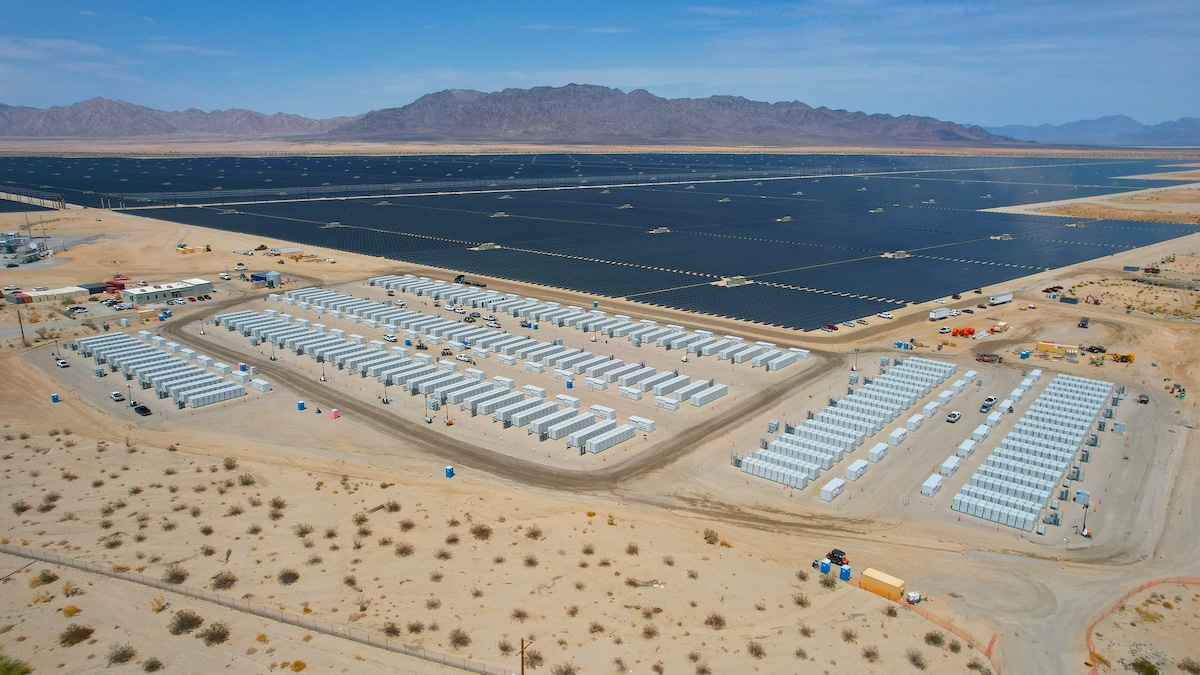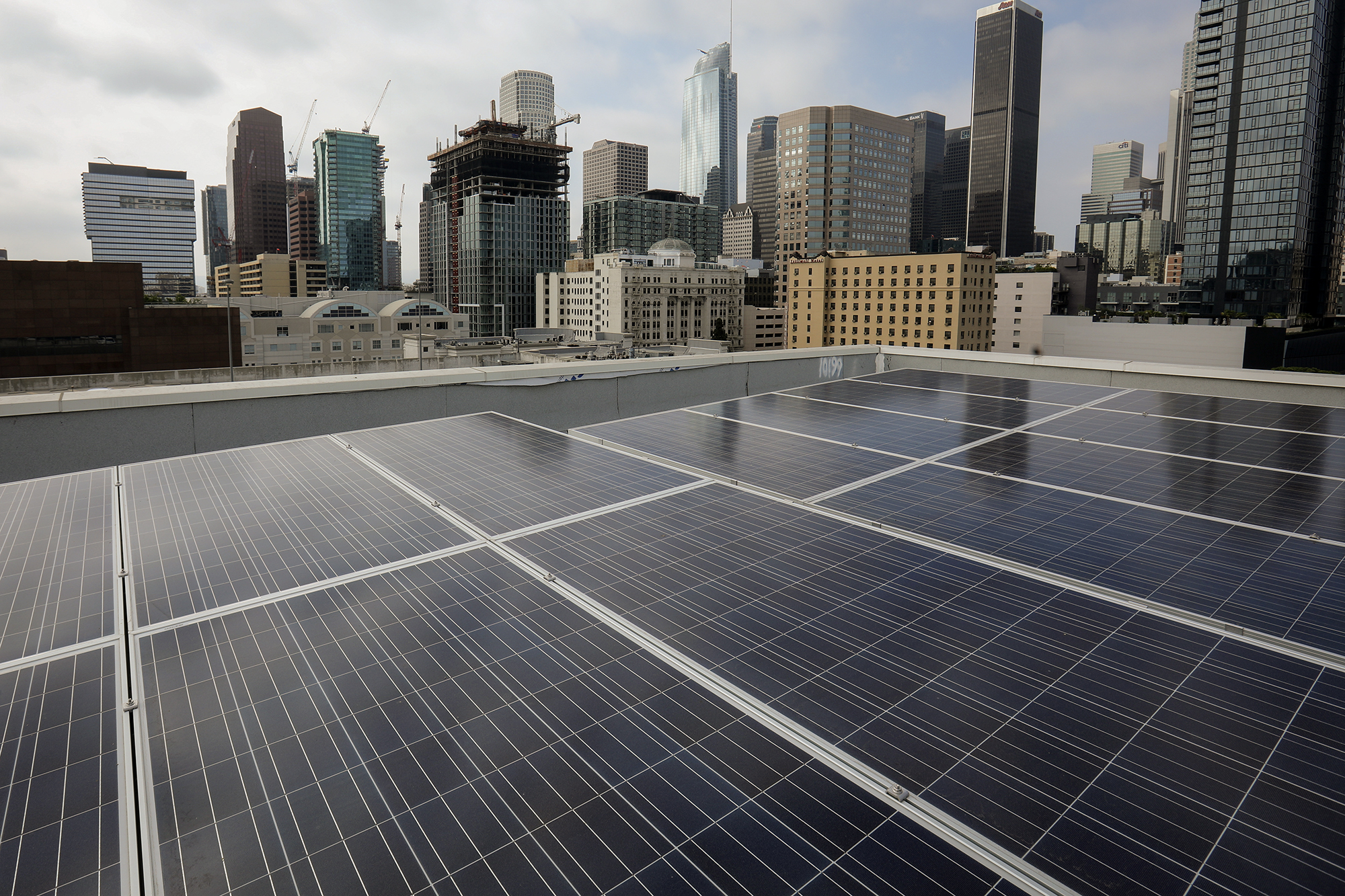
BLM Proposes 22 Million Acres of Public Lands for Solar Energy - EcoWatch
The U.S. DOI announced a new solar energy “roadmap” including 22 million acres of public lands to expand solar energy development in the West
 www.ecowatch.com
www.ecowatch.com





